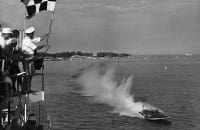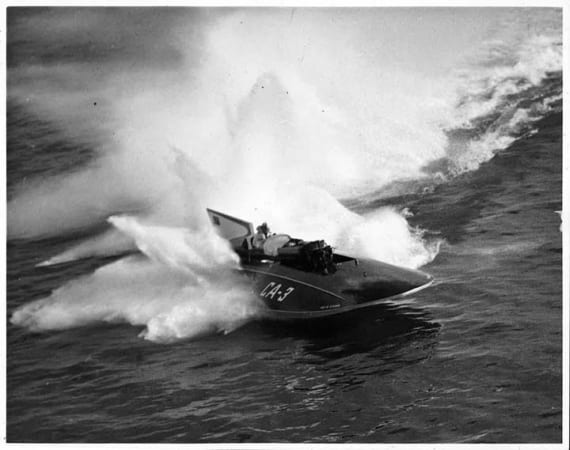CANADA’S WAR IN AFGHANISTAN: A Victory or Defeat?
In 2001 Canadian troops went to war for the first time since the Korean War in the 1950s.
Our soldiers joined troops from an international coalition to fight the U.S. – led War on Terrorism on Afghan soil, thought to be the host country for terrorism organizations and the world’s most wanted man – Osama bin Laden. Canadian soldiers were stationed in the hot, dry areas of Kandahar Province in southern Afghanistan clearing villages of Taliban insurgents in hard-fought battles that stretched into years. Some of their work included building schools, roads and other projects while providing security so Canadian development programs to encourage democracy, human rights reforms, and a civil society could take root in the country.
But all of this work exacted a heavy price as billions of dollars in military and development aid was poured into the country, and 158 Canadian soldiers lost their lives in ambushes, suicide attacks and roadside bomb explosions.
Was Afghanistan worth the price we paid? Is there any legacy to the decade of Canadian effort in the country? Was it a victory or a defeat for western forces?
Hear the views of Afghan author and journalist, Nelofer Pazira on Monday, February 4th at 7 PM at The Regent Theatre in Picton. Now living in Toronto, she fled Afghanistan with her family in the 1980s as the fundamentalist reign of the Taliban gripped the country in fear and brutality – an escape she chronicled in her 2005 book, A Bed of Red Flowers. Nelofer is an award-winning film and documentary producer/director, broadcast commentator, and a frequent advisor to international organizations working in the region.
The address is another in the series of “History Nights At The Regent” winter lectures sponsored by History Lives Here Inc., a heritage communications company based in Picton and The Merrill Inn, one of Ontario’s finest inns.
Tickets are $15 (including HST) Students $5
For tickets and info on more lectures in the series, contact: Call the Regent Theatre Box Office for Tickets: (613)476-8416 ext 28 or toll free (877)411-4761 or use the form on the The Regent Theatre Admission is $15 (including tax.) Students $5




















